.....Read More
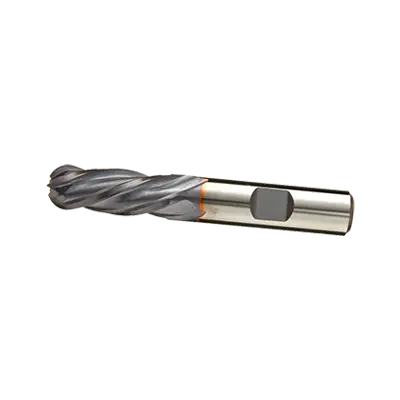
Finishing Cobalt Ball End Mills
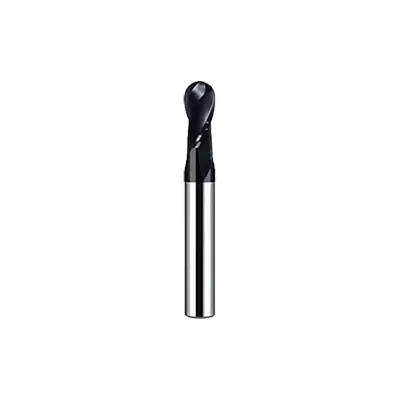
General Purpose Finishing Carbide Ball End Mills
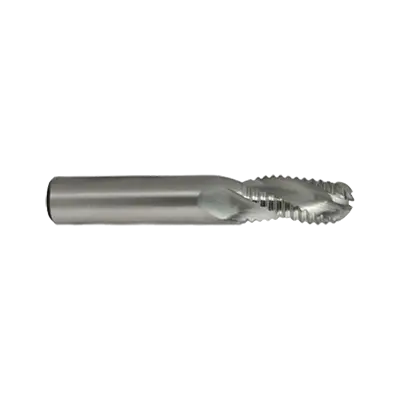
General Purpose Roughing Carbide Ball End Mills
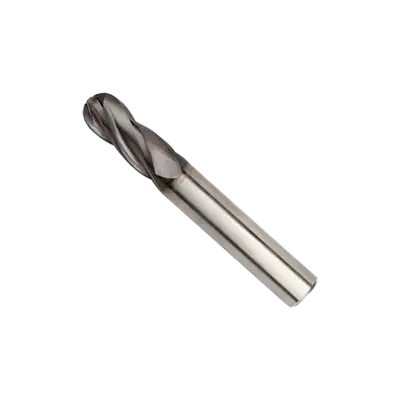
General Purpose Roughing/Finishing Carbide Ball End Mills

High-Performance Finishing Carbide Ball End Mills
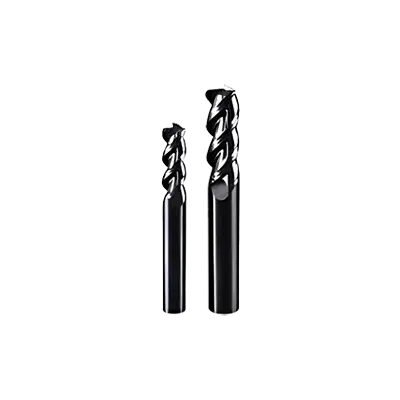
High-Performance Roughing/Finishing Carbide Ball End Mills

High-Speed Steel Ball End Mills
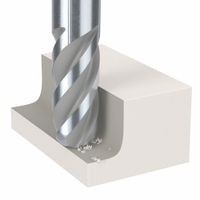
Powdered-Metal Ball End Mills
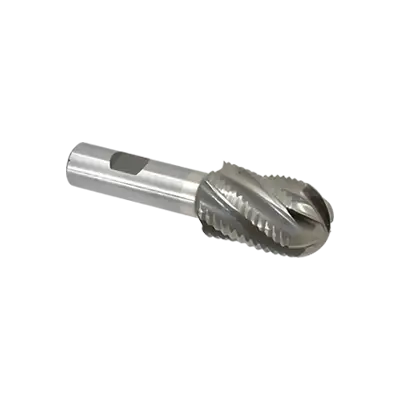
Roughing Cobalt Ball End Mills
Frequently Asked Questions
What are ball end mills used for?
How do ball end mills differ from flat end mills?
What materials can ball end mills cut?
How do you choose the right size ball end mill?
What are the advantages of using ball end mills?
How do you maintain and sharpen ball end mills?
What are the common applications of ball end mills in CNC machining?